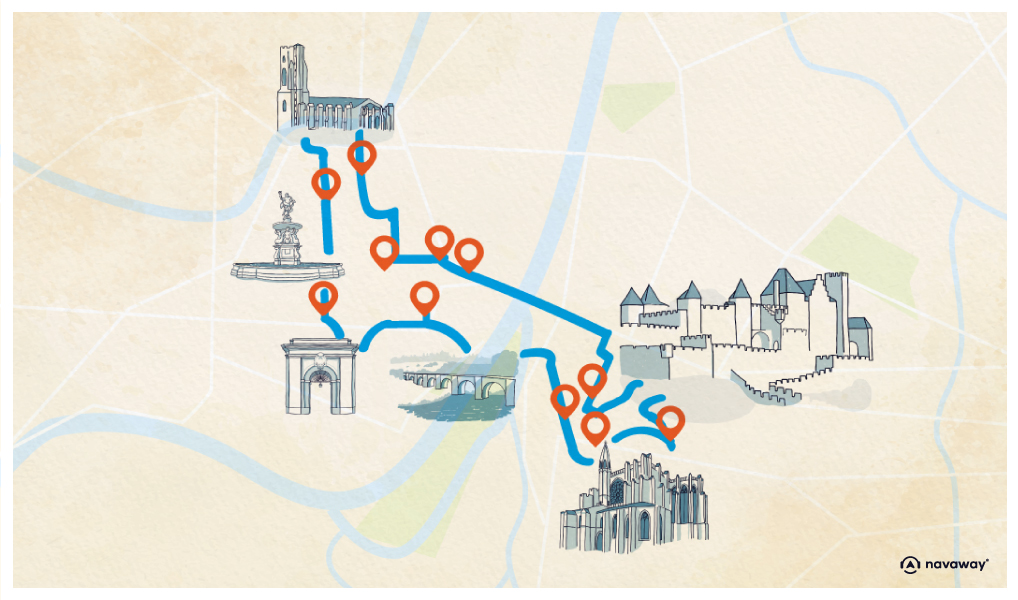
Narbonne Gate

This point of interest is available as audio on the tour: Visit Carcassonne, A Citadel among the Clouds
You’re now standing before the main entrance to the medieval city. Introducing the Narbonne Gate, facing the city of Narbonne, hence the name. It’s part of the impressive fortifications that protected the city. It was built at the end of the 13th century, under Philip the Bold, King of France at the time. It came to replace an earlier, smaller gate, and has stood strong ever since. Check out this whole defensive complex! To get here, you’ve passed through the Saint-Louis barbican, the outer defense perimeter that’s now behind you. It was built to protect the gate, which in turn protected the city. The many soldiers stationed there would prevent attackers from getting close to the main gate. If they failed to do so, they could quickly retreat into the city through the gate. The enemies would thus find themselves right where you are, exposed to the fire of the soldiers in the towers. Look to your right: there’s a third square tower with a bartizan and a loophole from which soldiers would fire to defend themselves. In fact, all these holes in the walls were for that purpose – bad news for anyone trying to linger near the gate. Take a closer look at the two twin towers: at first glance, they might seem ordinary, but there’s a clever bit of design at play here. Notice that they are not perfectly round; they have a slightly wedge-like shape that would help deflect any incoming enemy fire. If an attacker somehow made it past all that, they’d come face-to-face with a double portcullis – a heavy iron grille that sealed off the gates, equipped with spikes at the bottom to prevent anyone from trying to crawl underneath. And let’s not forget the murder holes, openings through which the defenders could throw all sorts of objects, such as rocks, but also boiling liquids or molten lead down on the attackers. Needless to say, getting past this gate wasn’t easy! The two towers also served as storage areas; one had a giant cistern for storing water, and the other could hold tons of provisions. So, in the event of a siege, the soldiers holed up here had enough to last a good while. With all these defenses, the beautiful Carcassonne citadel was safe and sound! Now, the Narbonne gate dates back to the 13th century, yet the barbican was rebuilt by Viollet-le-Duc in the 19th century. This architect, whose name you’ve surely heard before, was the one to restore the entire medieval city of Carcassonne. Ready to step inside? Let’s cross this imposing gate and discover what’s behind it! Know that both towers are open to the public. One is now home to the Tourist Office.


Discover Carcassonne with app
An interactive guide through the most beautiful streets, squares, and districts
27 fun audioguides full of historical facts, anecdotes, and legends
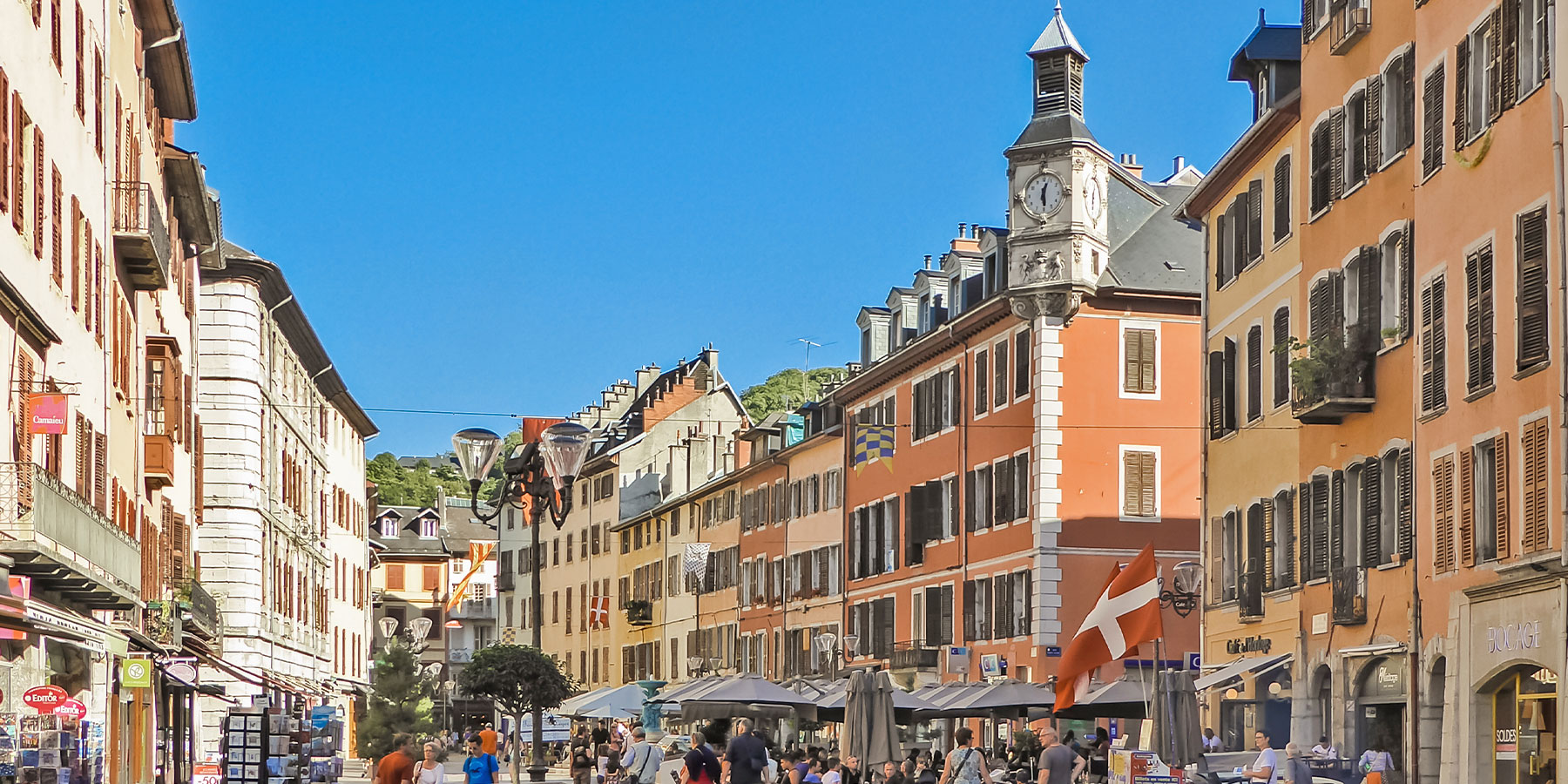
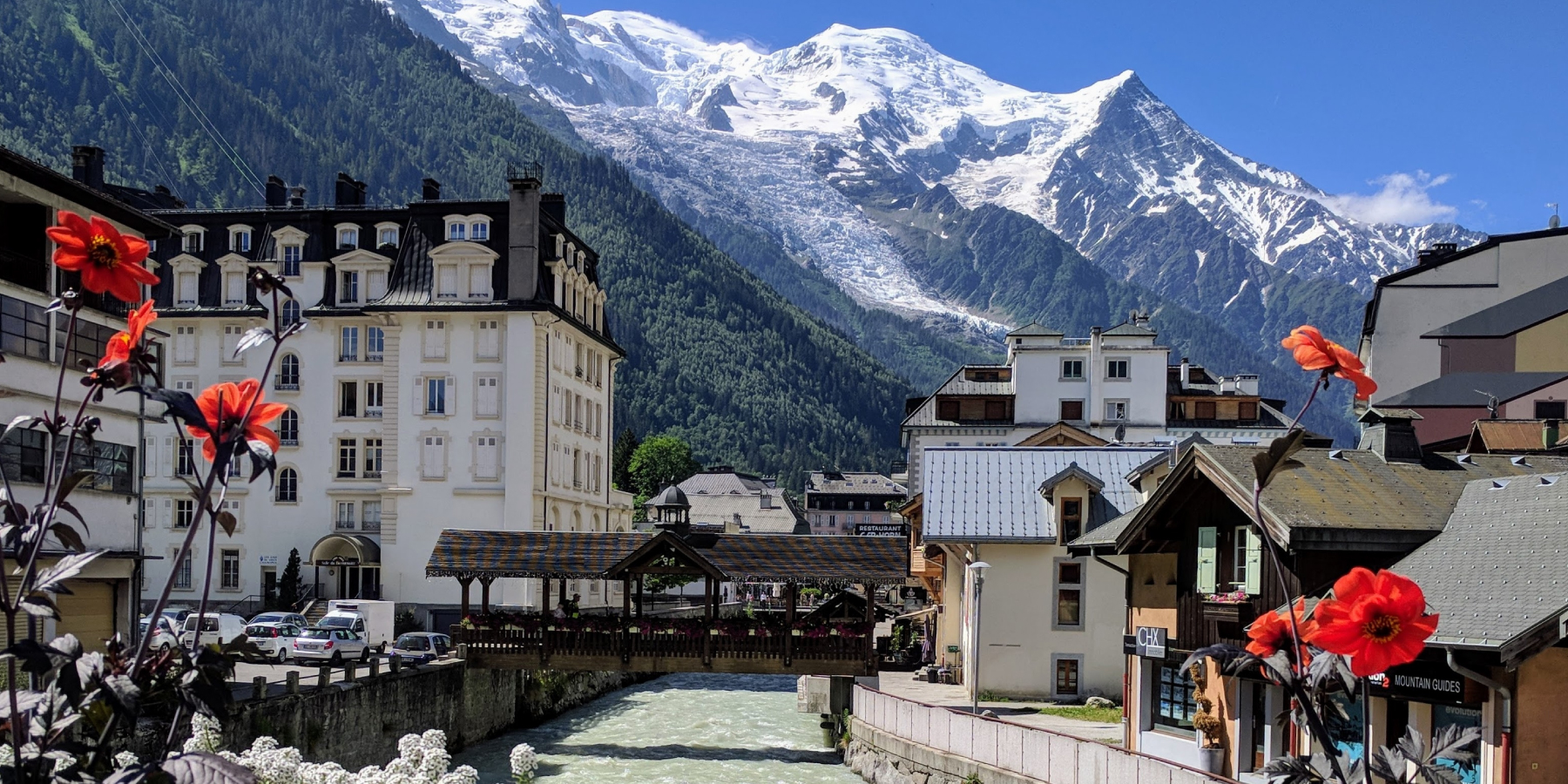
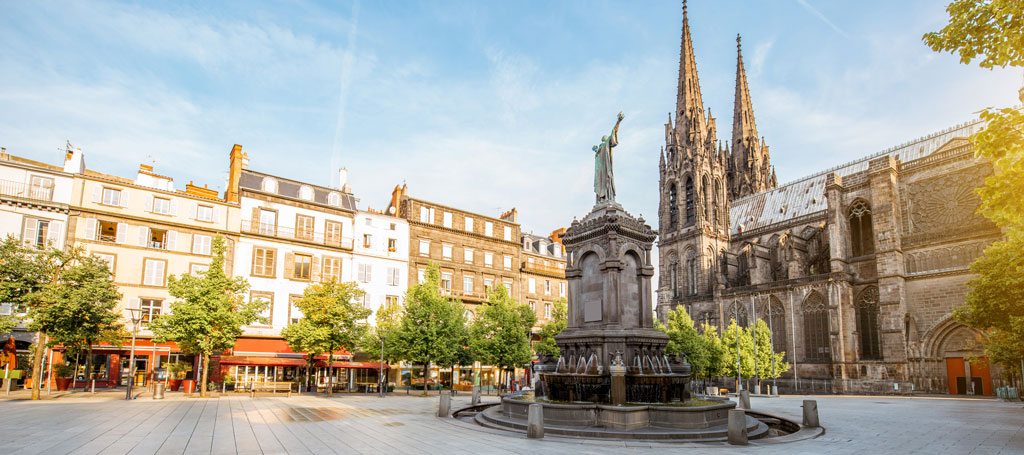
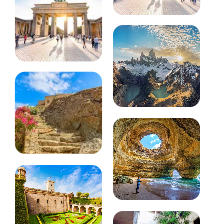

Comments